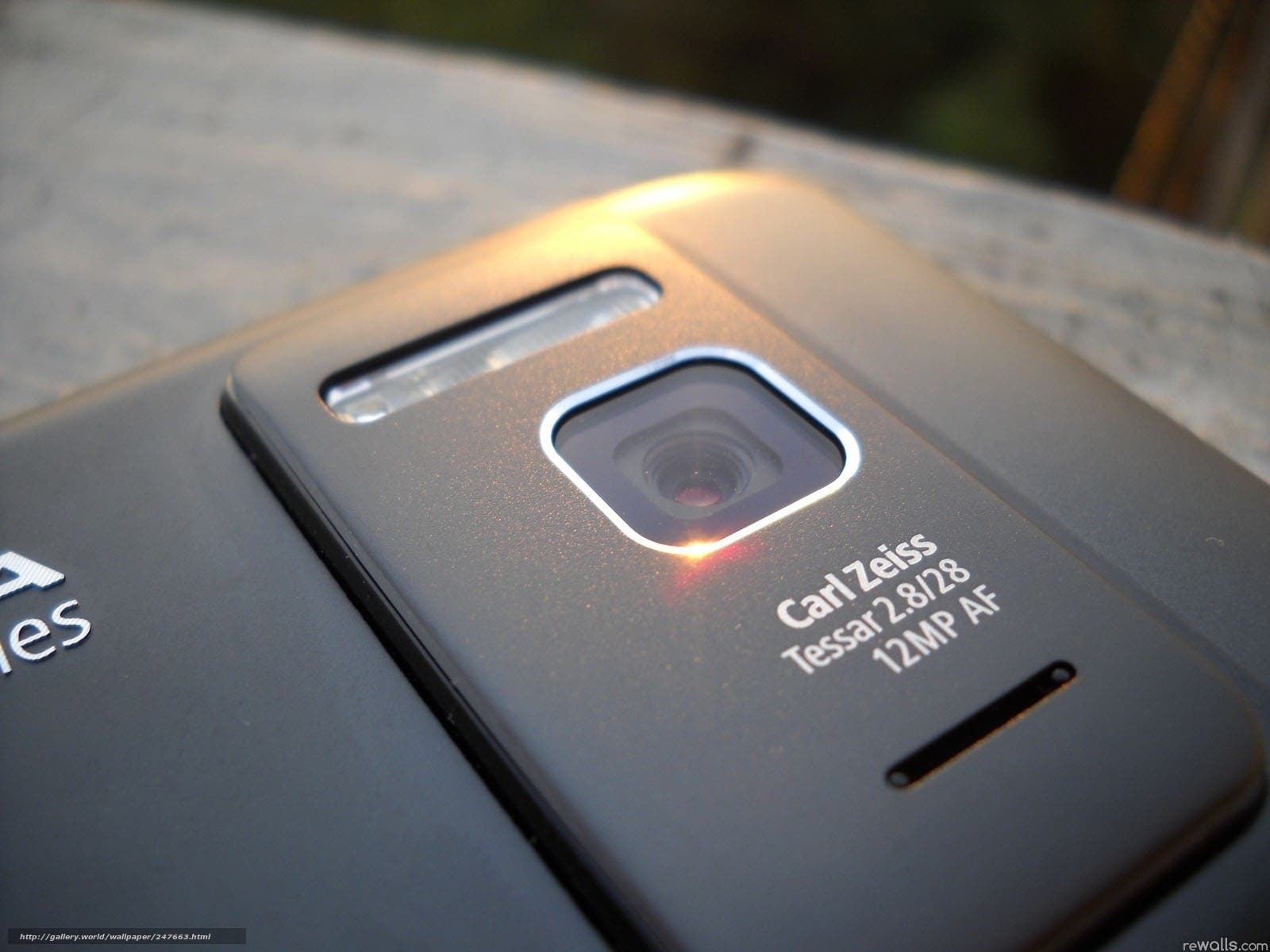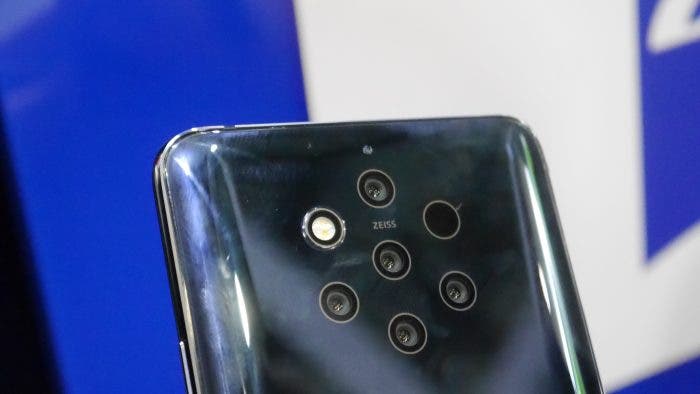For a few years, smartphone cameras have pursued a virtuous path. Trying to reach the widest possible aperture. In order to get more light into the tiny sensors installed on mobile devices. However, once the results have been difficult to improve. To continue to amaze the general public, the producers have chosen to go back to the simplest way. That of megapixels.
Starting from this year, in fact, a resolution of 48 megapixels has become the norm for the main sensors of smartphones even for the middle range and soon – thanks to the Samsung ISOCELL Bright GW1 sensor – 64 megapixels will be reached, with forecasts that speak of over 100 megapixels for 2020. But, net of sophisticated algorithms able to merge more pixels into one, do numbers like that really make sense?
To give an authoritative answer – shared by the totality of photography enthusiasts – was the CEO of Zeiss. The famous German brand that deals with creating lenses of exceptional quality for cameras. According to Michael Kaschke, as long as the photographic sensors for smartphones will be so small, mobile photography will never be able to circumvent some of the limits that have always distinguished it and increasing the number of megapixels is not the right solution in this regard, but rather a further obstacle.
40 megapixels are already more than would be necessary

In fact, the higher the resolution of the sensor, the smaller the individual pixels are and the more difficult it is to illuminate them adequately. With the result of an evident digital noise, which the algorithms must try to limit, altering the resulting shots. According to Kaschke, already 40 megapixels are more than necessary for a smartphone camera, let alone the 64 megapixels coming in the coming months. Therefore increasing this value further would not bring any benefit, but only problems.
As we know, Zeiss has long experience also in the mobile sector. Collaborating in particular with Nokia for more than a decade. Even the latest Nokia 9 PureView has used the Zeiss lenses to offer an above-average photographic experience and in the future. The collaboration will continue, always in the wake of quality, rather than sensational numbers.
Follow Gizchina.com on Google News for news and updates in the technology sector.





